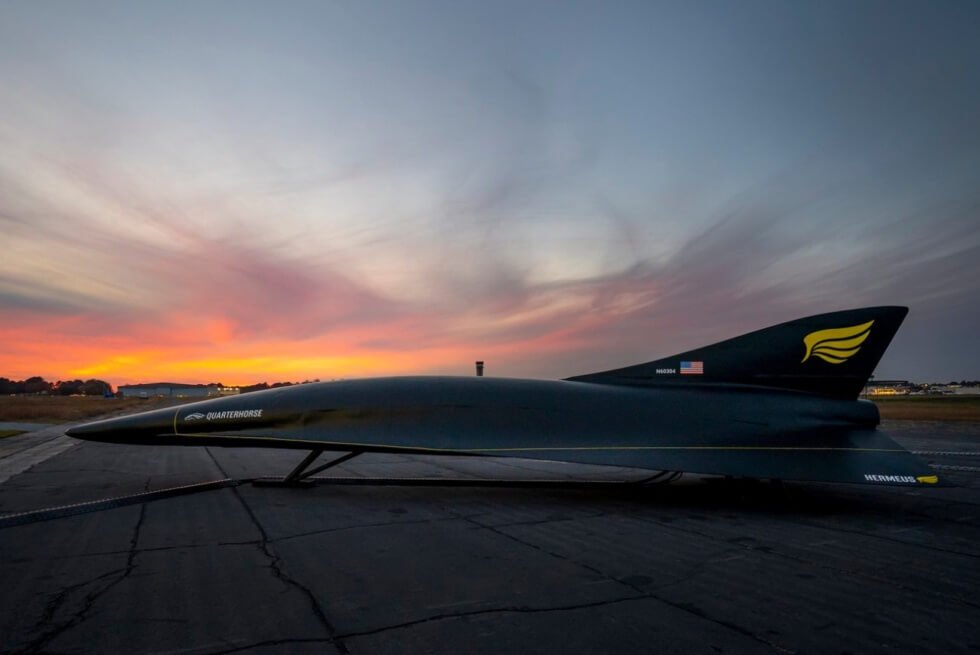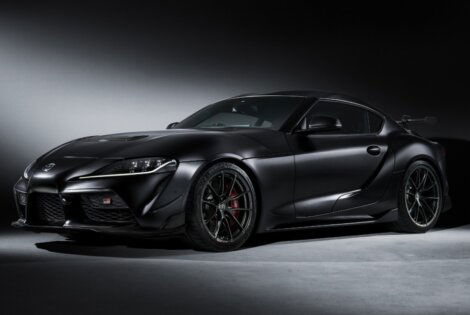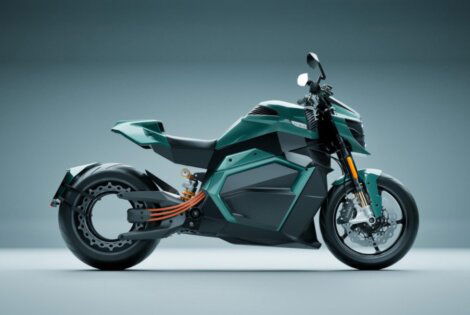The last we heard from Hermeus was back in 2021 when it announced plans for hypersonic passenger flights by 2029 aboard its Quarterhorse. In our never-ending quest for almost instantaneous mobility, aerospace groups aim to break the limits current platforms have. The latest development reveals the former’s acquisition of Velo3D printers to aid in its mission.
As detailed by reports, the Sapphire and Sapphire XC printers should streamline the build process for both the Quarterhorse and the Chimera engine. Therefore, they are calibrating the machines to handle INCONEL alloy 718. This is the material of choice for those in the aviation industry given its exceptional properties.
Since Hermeus’ aircraft is capable of Mach 5 speeds, the construction and performance should withstand the stress it generates. They need to consider the vibrations, temperature, aerodynamics and other crucial factors to achieve safe commercial hypersonic travel.
The Velo3D equipment will make the fabrication of the parts efficient and precise. Checking the company’s roadmap, 2022 is dedicated to the Chimera engine. The latest news regarding the propulsion system is promising as ground testing produced favorable results.
“Our Quarterhorse aircraft will be flying above 80,000 ft and will encounter very hot temperatures,” writes Hermeus. “So now we’re on to our next round of testing at Notre Dame’s Turbomachinery Laboratory.” By 2023, the flight tests will begin for the smaller autonomous model followed by a mid-size version in 2025.
Velo3D CEO and Founder Benny Bullers says, “I have no doubt that they will bring their vision to life and make hypersonic commercial flight a reality.” So far, the Quarterhorse looks stealthy and menacing. It seems this bad boy is eager to prove itself in time before the inaugural passenger flight.
Discover More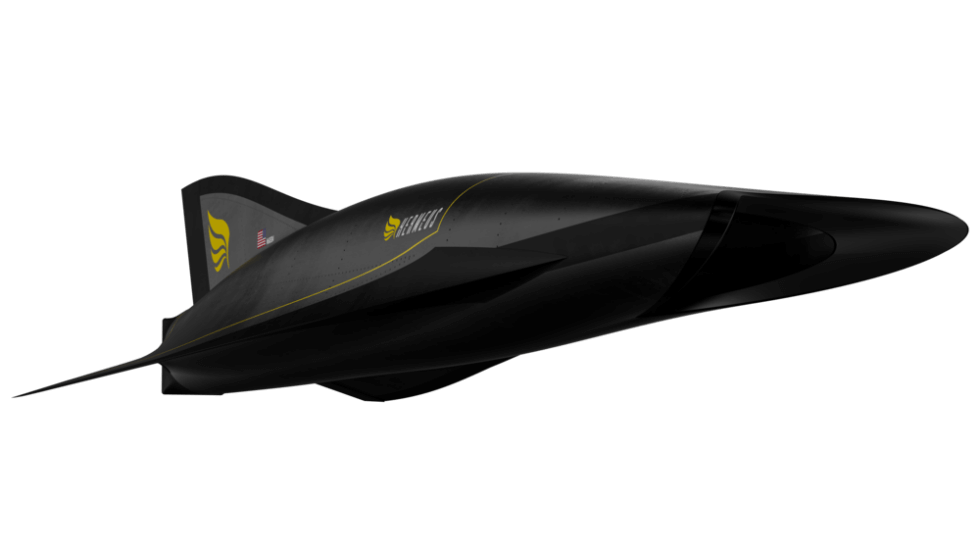

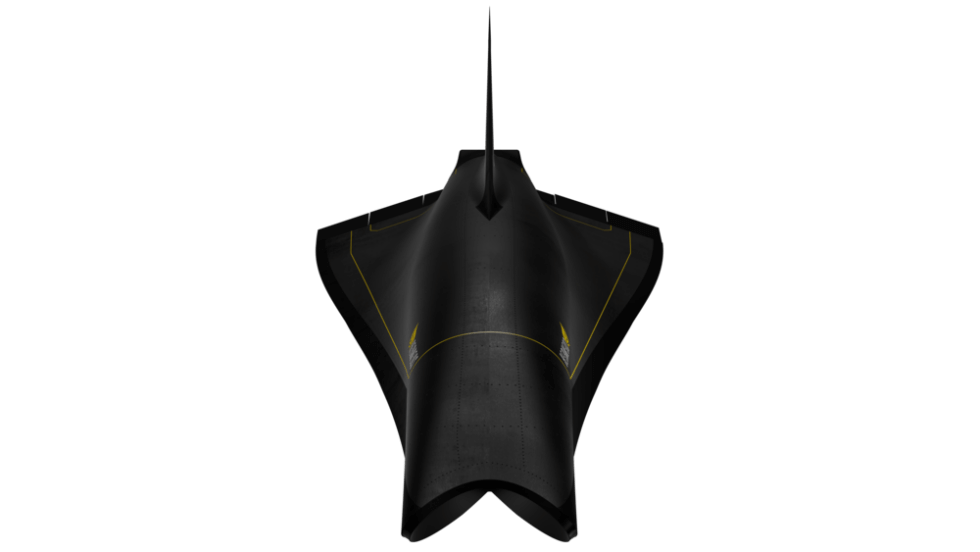
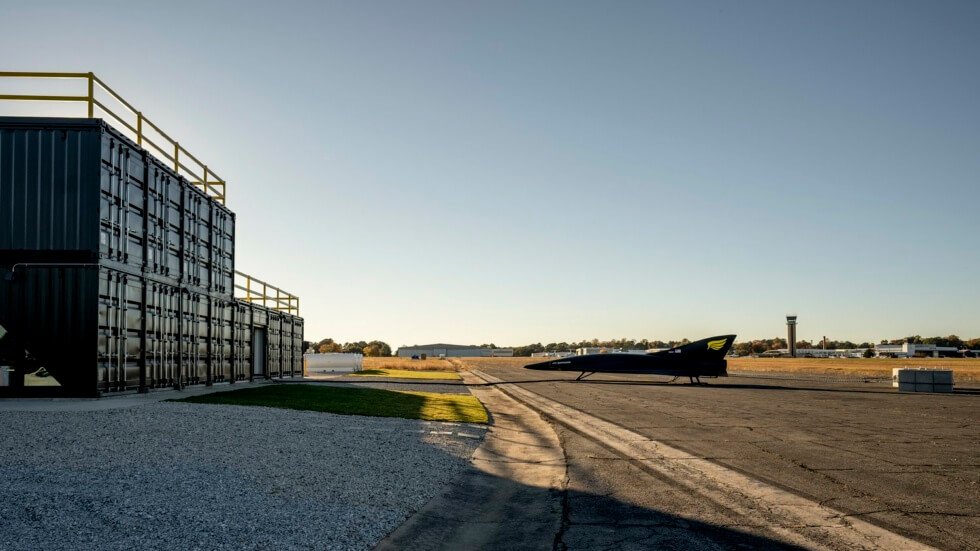
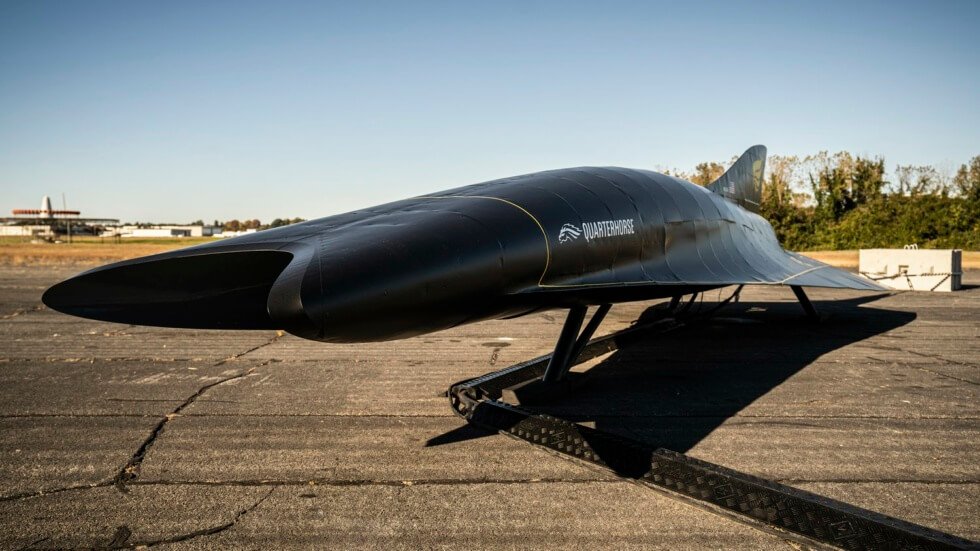
Images courtesy of Hermeus

